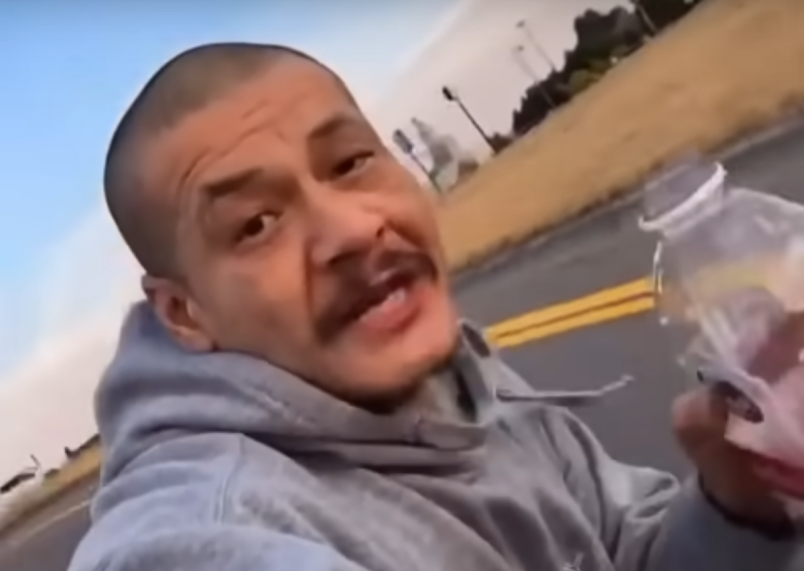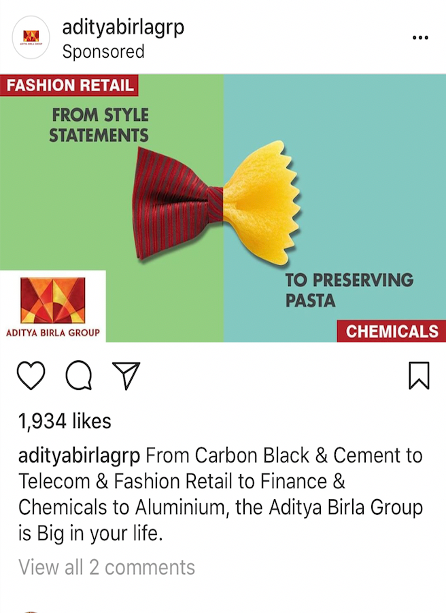
For the rare few who may have missed the most “human commercial,” Nathan Apodaca of Idaho Falls posted a TikTok video featuring him skateboarding to work, drinking Ocean Spray Cranberry Juice, and singing along to “Dreams” by Fleetwood Mac.
Although this happened a few weeks ago, I’ve been unable to get this quirky little video sensation out of my mind as an example of the radical industry transition I described in my book Marketing Rebellion: The Most Human Company Wins.
In this book, I explained the inevitable decline of traditional marketing/advertising and the rise of the consumer as our marketer. Already two-thirds of our marketing is occurring without us. Marketing today requires a new mindset — how do we get invited to that two-thirds? How do we help our customers do this job?
Let’s dissect the Ocean Spray case study for five important lessons.
The most human commercial
With more than 60 million views and counting, this homemade video was more effective — by far — than any advertisement Ocean Spray and its agencies have created in the 90-year brand history.
The TikTok video propelled beverage sales and almost doubled the value of the Ocean Spray stock price. For good measure, “Dreams” reached No. 1 on iTunes and returned to the Billboard charts for the first time since 1977.
Can we just pause a moment and appreciate the power of what just happened here?
Nathan was no Bieber-level celebrity or star influencer. He just liked juice and needed to get to work.
According to The Guardian, Nathan made the video as he was commuting from his trailer, where he’s been dealing with water and electricity outages. Then his car broke down, which forced him to hit the road on his longboard.
He arrived only a few minutes before his shift at a potato factory was due to start. He considered deleting the clip and getting on with his day, especially as phones are prohibited on the factory floor. But he got it up just in time. By the end of his second break, it already had 2 million views.
On one hand, you have the American dream in a 20-second clip. But on the other, a story of how precarious life can be for so many Americans, especially in these COVID times.
The video is real, raw, human, and vulnerable.
Generally speaking, everything ads are not.
The most human company wins™
The following story sounds bizarre but I swear it is true.
I was invited to give a workshop to professors at the University of Tennessee business school. At that time, the university did not have a single undergraduate class in digital marketing (still not sure if they do) and I was brought in for a full-day discussion in hopes of nudging the educators into the current decade.
After about an hour, I could tell I was losing the room.
The chair of the advertising department sat at the end of the long conference table with a scowl and crossed arms. Finally she could no longer contain herself. “Social media is a passing fad,” she exclaimed. “We need to focus on the fundamentals of television and magazine advertising design. That’s what our students need to know to succeed.”
I told you it was unbelievable.
I’m not just picking on Tennessee (well … kind of). I still see this denial in much of the ad industry. The traditional manner of making ads that can compete for an award at Cannes is put on a pedestal by our universities and agencies as they deny the Marketing Rebellion right in front of their eyes.
Making beautiful ads is glamorous. It’s what we know and we’re good at it. Hobnobbing with stars and displaying trophies for our offices is tangible and sexy.
But the dude on the skateboard is making the money.
Will that video finally be a wake-up call? I doubt it.
Cranberry Guy lessons
One of the most common questions I’m asked is: “How do big companies make this transition to human-centered marketing?”
My answer is normally, “I don’t know.”
Small businesses seem much better positioned to put real human faces, smiles, and compassion at the center of a marketing strategy. How will big companies wean themselves from their decades-long addiction to Madison Avenue glamour? Hard to say.
But I do think there are a few lessons from this most human commercial for a fruit drink.
1. You can’t plan for viral
I imagine there are a million brands hoping to make their own skateboard video now. But digital natives will know this is opportunistic, if not outright dumb, and see through the premise.
So let’s get off of that idea right now. You can’t plan for viral. But you can sow the seeds.
2. Enter the conversation
Let’s go back to this important concept that two-thirds of our marketing is occurring without us, a fact revealed and confirmed by 10 years of McKinsey research.
Great marketing today is about being invited to that consumer conversation. We can’t buy our way in. This relationship has to start with TRUST. Nobody will share positive content about a brand they mistrust.
Instead of manipulating consumers, how do we come alongside them — help them, entertain them, make them go “wow?” That is the heart of marketing today.
3. The end of control
 This is might seem like a foreign concept but we’re not in control of the brand message.
This is might seem like a foreign concept but we’re not in control of the brand message.
Let’s say an ad agency created a proposal for the exact same Ocean Spray TikTok video and presented it to the company for review and approval. Here’s what they would say:
- That person does not represent our core demographic of suburban housewives.
- Legal won’t approve of this video because the man is engaging in risky behavior. He’s not even wearing a helmet. What if people copy this stunt and sue us?
- He’s drinking right out of the bottle. That is off-brand.
- You can hardly see the product. Make the logo bigger.
… and so on.
But the video worked precisely because the brand is no longer in control of the messaging. Nathan is.
A brand used to be what a company told you it was. Today, a brand is what we tell each other.
4. Experiences over engagement
Many brands are obsessed with “engagement” as a brand metric. There is not much of a direct relationship between engagement and measurable business value.
But what sort of experience can we provide that is so cool, so entertaining, so awe-inspiring, that people will think, “Wow! I just have to take a picture of that and post it!”
This is how we enter the conversation, by earning our way in. People are finding every way to avoid, skip, and block our ads. But they will stand in line for an experience and then tell all their friends about it.
Ocean Spray was lucky with this success, but there are many examples of companies moving toward experiential marketing to inspire organic customer content.
5. Swim in the same content stream
One of the biggest problems with branded entries in the social media space is that the content is not organic to the experience.
Look at this Instagram post:

WHAT IS THIS??? (And how did it get almost 2,000 likes? No way).
This is the least human Instagram I can imagine. I’m sure a marketer for Aditya Birla Chemical Company is proud that they now have an Instagram presence but this is not an Instagram post, it is an ad. It is not native to the content stream. It just sticks out as something we should skip and avoid.
Or perhaps this company’s strategy is to create an Instagram post SO BAD that it would trick me into sharing their content on my blog. Very clever!
Become the most human company in your industry
Over the past months, I’ve given many online talks to banking associations, educators, lawyers, artists, and about every field you can imagine. And here is my message: The most human company wins.
This is not just my opinion. We can literally see this trend of human-centric marketing rapidly accelerating, especially in this COVD era.
The reason the TikTok video worked as the most human commercial is because it wasn’t forced or polished or heavily branded. It was completely human. And the best way for brands to connect in a similar way is to stop advertising and just join in as fellow humans who try to get by in hard times, have some fun, and get to our shift at the potato factory on time.
Update June 2021: Nathan Apodaca introduced his own cranberry-flavored alcoholic drink.
 Mark Schaefer is the executive director of Schaefer Marketing Solutions. He is the author of several best-selling digital marketing books and is an acclaimed keynote speaker, college educator, and business consultant. The Marketing Companion podcast is among the top business podcasts in the world. Contact Mark to have him speak to your company event or conference soon.
Mark Schaefer is the executive director of Schaefer Marketing Solutions. He is the author of several best-selling digital marketing books and is an acclaimed keynote speaker, college educator, and business consultant. The Marketing Companion podcast is among the top business podcasts in the world. Contact Mark to have him speak to your company event or conference soon.


